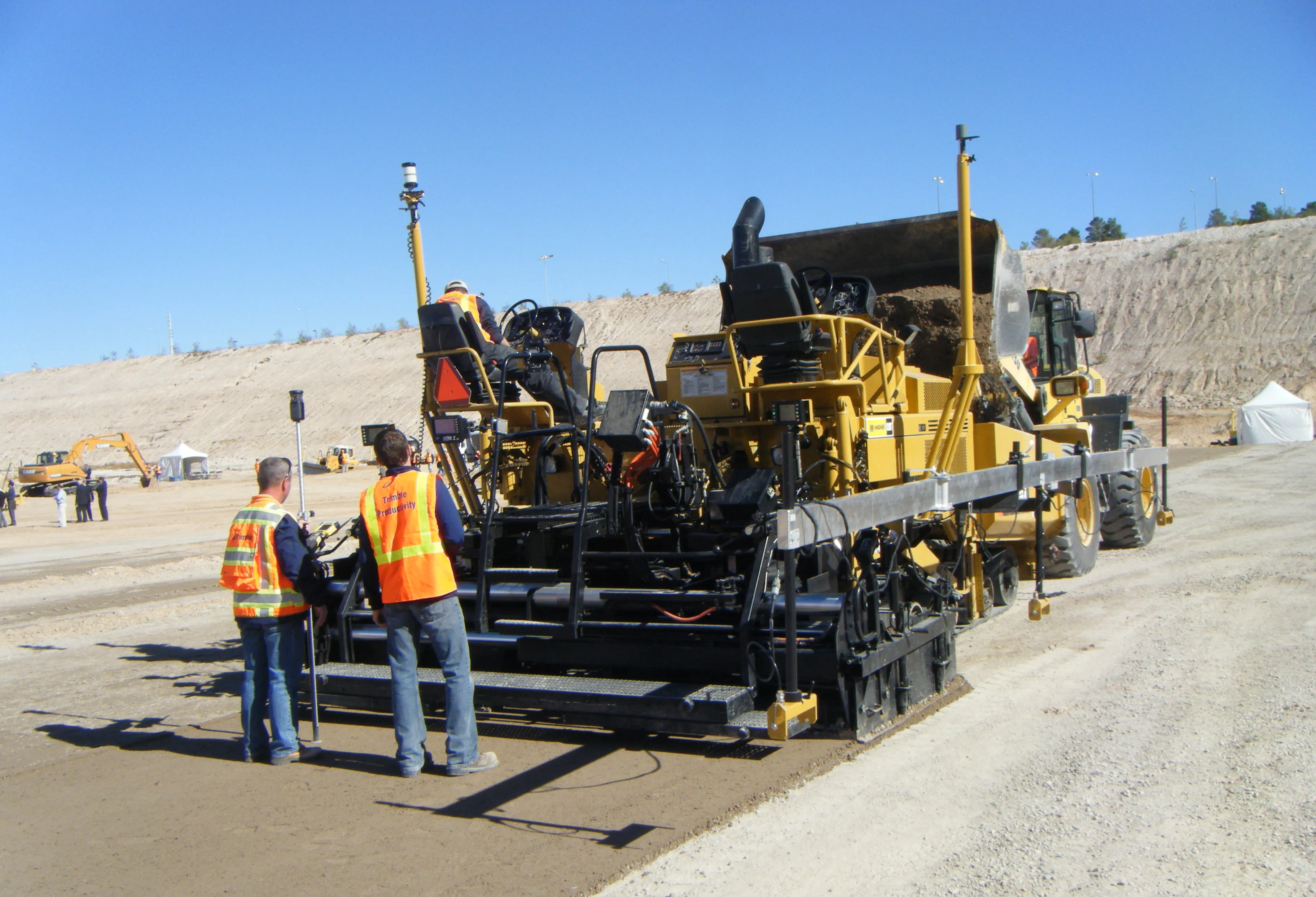Road users in one Chinese city had something of a fright when a giant inflatable, painted to look like the moon, blew away during high winds. The massive balloon rolled across busy multi-lane roads and junctions before it could be halted. Cyclists and motorcyclists dodged out of the way while many vehicle occupants looked on in surprise as the ‘moon’ rolled right over the top of them. The inflatable had been set up as part of a Chinese festival. Meanwhile in Scotland’s second city Glasgow, drivers and pedes
February 9, 2017
Read time: 2 mins
Road users in one Chinese city had something of a fright when a giant inflatable, painted to look like the moon, blew away during high winds. The massive balloon rolled across busy multi-lane roads and junctions before it could be halted. Cyclists and motorcyclists dodged out of the way while many vehicle occupants looked on in surprise as the ‘moon’ rolled right over the top of them. The inflatable had been set up as part of a Chinese festival. Meanwhile in Scotland’s second city Glasgow, drivers and pedestrians alike watched in surprise as a giant rubber duck blew along a busy street. The rubber duck had been part of a display outside a car dealer’s showroom before breaking free in high winds and making its bid for freedom. The rubber duck was quickly recaptured however.








